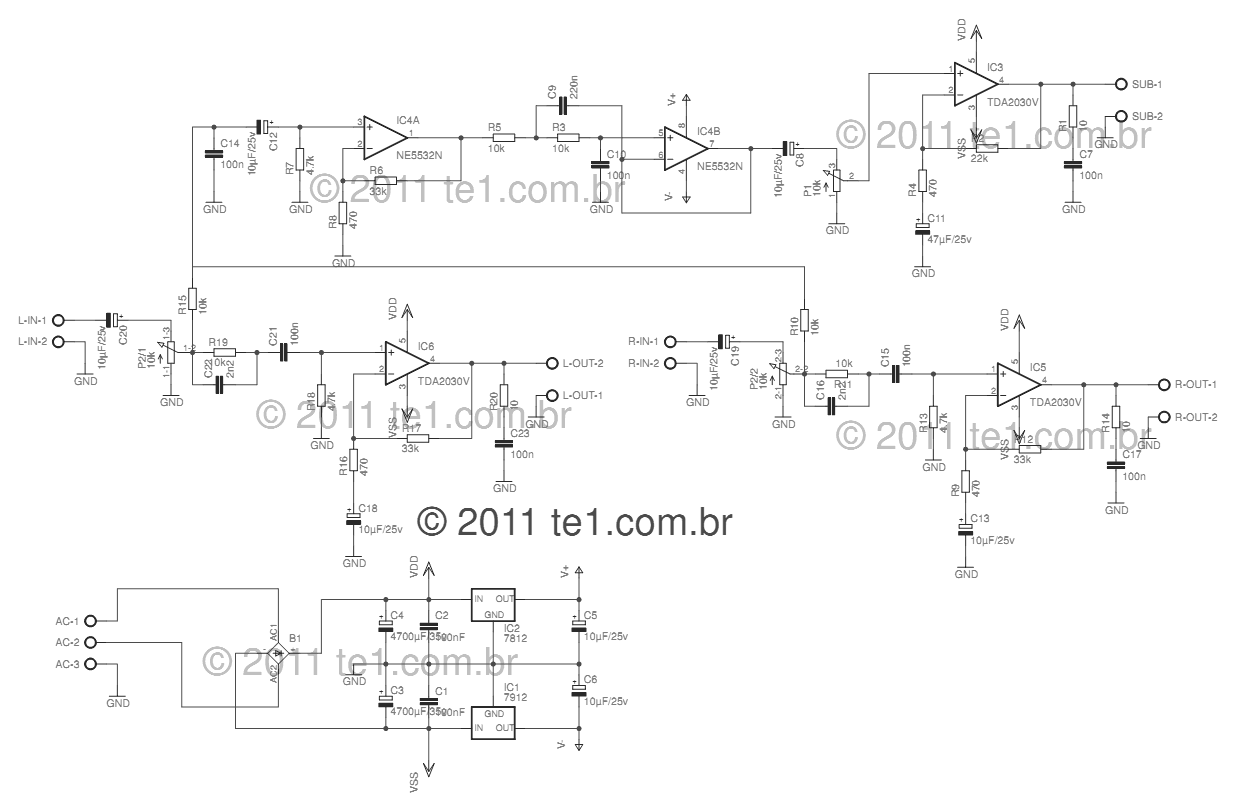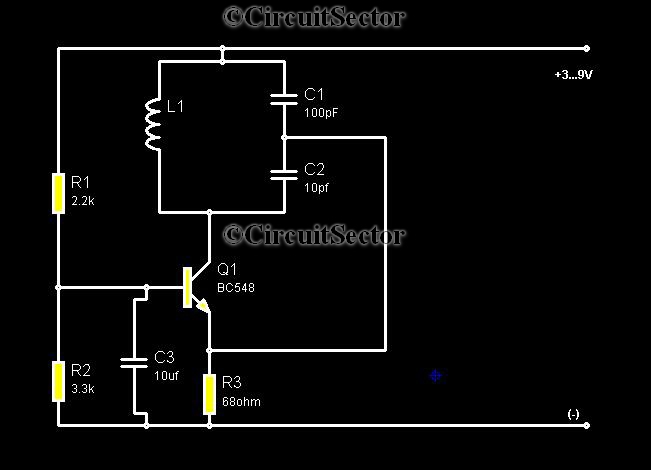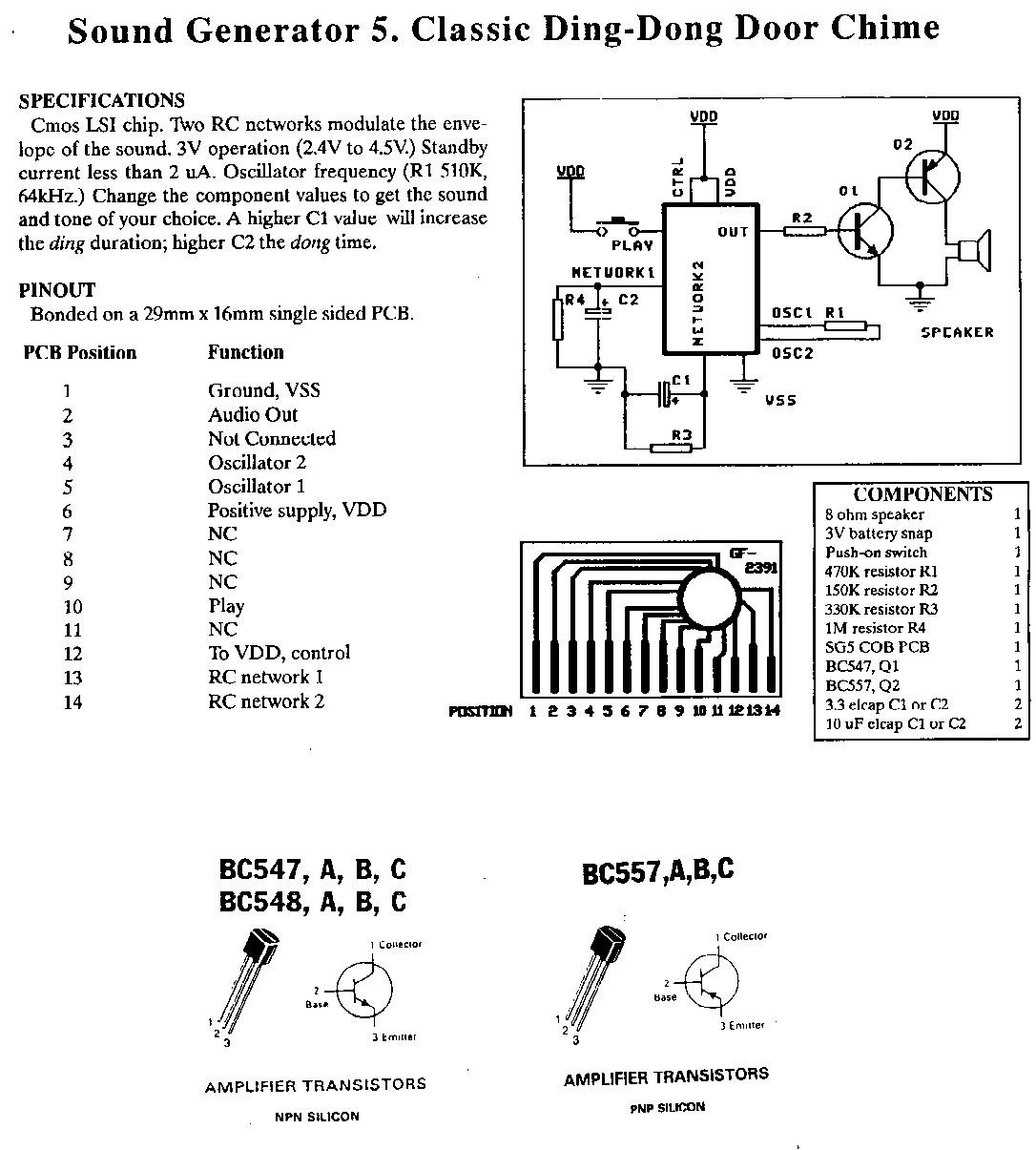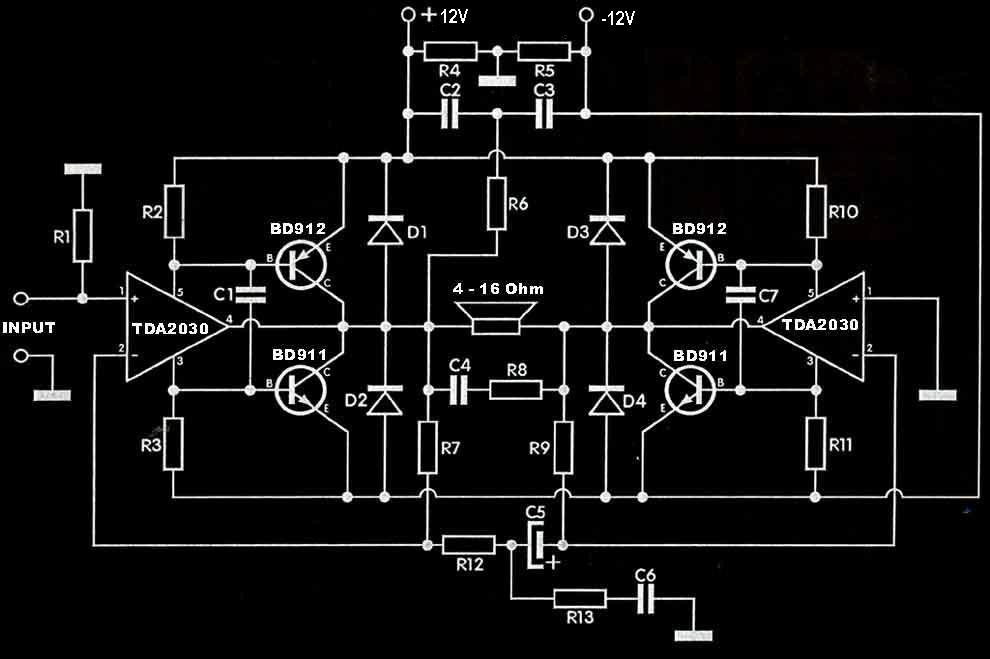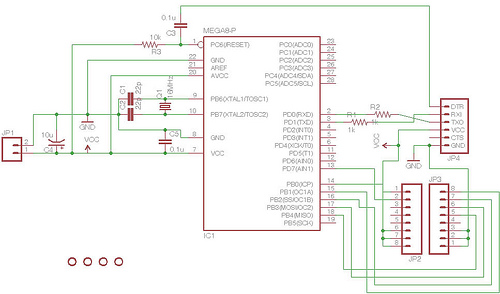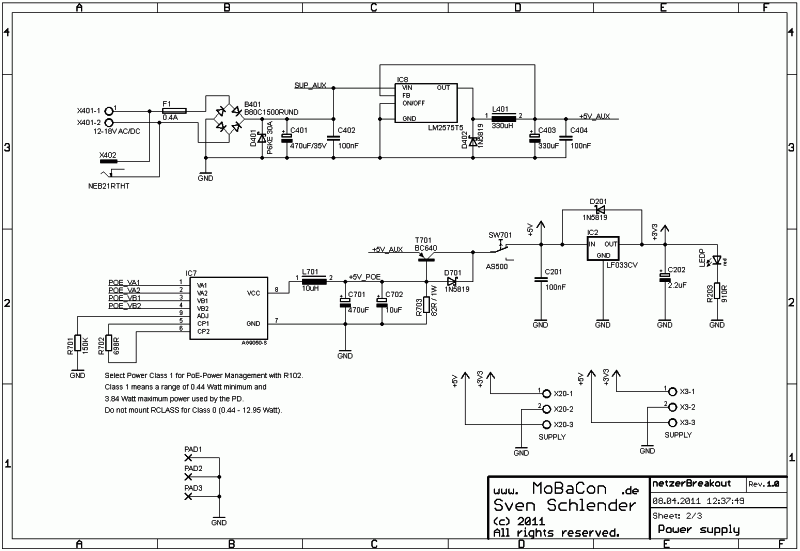
Advice on ground plane in my first PCB
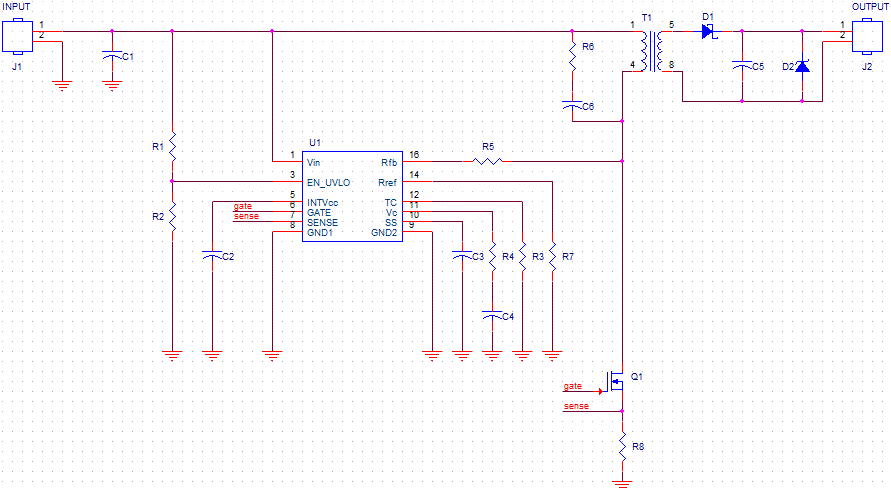
The schematic is created using OrCAD Capture and is derived directly from the datasheet of the flyback controller LT3748. This project involves constructing a custom transformer. Due to the unavailability of the desired bobbin, the transformer will be placed adjacent to the circuit board and connected via a 4-pin connector. The layout cannot fully replicate the recommendations in the datasheet because a 2-layer design is being utilized for various reasons. Although a 4-layer design with a compact commercial SMT transformer would have been ideal, the project must proceed with the available resources. The datasheet emphasizes the importance of isolating or physically separating the high current ground from the small-signal ground. The secondary ground is already isolated, while the primary high-current grounds are associated with Vin and the sense resistor R8. The proposal is to connect the negative terminals of Vin and R8 with a track and then join that track to a ground plane that accommodates all other small-signal grounds. This approach may result in a longer track from R8 to Vin, as the 2-layer design limits the ability to maintain a continuous ground plane. Two tracks are currently routed beneath the integrated circuit (IC) on the same top layer. Concerns regarding potential issues with this configuration are raised, although the IC is expected to operate at low current levels, minimizing heat generation.
The schematic utilizes the LT3748 flyback controller, which is designed for applications requiring efficient power conversion. The controller features a built-in high-voltage startup circuit and a voltage feedback loop that regulates output voltage. The transformer design is critical, as it dictates the electrical characteristics of the flyback converter, including output voltage, current, and efficiency.
The decision to use a 2-layer PCB introduces certain limitations, especially regarding the separation of power and ground planes. In a typical design, a 4-layer PCB allows for more effective grounding strategies, reducing noise and improving performance. However, in this case, the separation of the high current ground from the small-signal ground is vital to minimize interference and ensure stable operation.
Connecting the negative terminals of Vin and R8 to a common track before joining them to the ground plane is a reasonable approach, provided that the track length is managed carefully. Longer tracks can introduce inductance and resistance, which may affect circuit performance, particularly in high-frequency applications. It is advisable to keep the track as short as possible while ensuring that the layout remains functional and adheres to the design constraints.
The layout's complexity increases with the routing of multiple tracks under the IC. While this can lead to potential thermal issues or crosstalk, it is manageable if the IC operates within its thermal limits. Adequate heat dissipation measures should be considered, such as thermal vias or additional copper area around the IC, to ensure that it remains within safe operating temperatures during all conditions.
Overall, the design should be validated through simulation and testing to confirm that the chosen layout and grounding strategy meet the performance expectations of the LT3748 flyback controller while accommodating the physical constraints of the project.Schematic drawn using OrCAD Capture, which is straight out of the datasheet of the flyback controller LT3748. This is a class project and we must build our own transformer. We couldn`t get the bobbin we wanted and so decided to just lay down the transformer somewhere next to the board and connected it through a 4-pin connector.
We couldn`t really mimic the layout suggested in the datasheet, as we`re using only a 2-layer design for various reasons. We do realize that a 4-layer design along with a small commercial SMT transformer would have been ideal, but we`re working with what we`ve got. The datasheet advises to isolate or physically separate the high current ground from small-signal ground.
The secondary ground is completely separate, so that`s done with. As for primary, the only high-current grounds are those of Vin and R8 (the sense resistor). So, is it a good idea to connect the negative terminals of Vin and R8 with a track and then connect that track at one point to a ground plane that will have all the other small-signal grounds. The only penalty then would be that the R8 to Vin track would be quite long (since I`m using 2-layer only and wouldn`t like to break my ground plane underneath, unless it is less worse than running this long track).
As you see from the schematic, I`m running two tracks underneath the IC (i. e. on the same top layer). Do you foresee any problems there My IC shouldn`t get hot, as it works with small current only. 🔗 External reference
The schematic utilizes the LT3748 flyback controller, which is designed for applications requiring efficient power conversion. The controller features a built-in high-voltage startup circuit and a voltage feedback loop that regulates output voltage. The transformer design is critical, as it dictates the electrical characteristics of the flyback converter, including output voltage, current, and efficiency.
The decision to use a 2-layer PCB introduces certain limitations, especially regarding the separation of power and ground planes. In a typical design, a 4-layer PCB allows for more effective grounding strategies, reducing noise and improving performance. However, in this case, the separation of the high current ground from the small-signal ground is vital to minimize interference and ensure stable operation.
Connecting the negative terminals of Vin and R8 to a common track before joining them to the ground plane is a reasonable approach, provided that the track length is managed carefully. Longer tracks can introduce inductance and resistance, which may affect circuit performance, particularly in high-frequency applications. It is advisable to keep the track as short as possible while ensuring that the layout remains functional and adheres to the design constraints.
The layout's complexity increases with the routing of multiple tracks under the IC. While this can lead to potential thermal issues or crosstalk, it is manageable if the IC operates within its thermal limits. Adequate heat dissipation measures should be considered, such as thermal vias or additional copper area around the IC, to ensure that it remains within safe operating temperatures during all conditions.
Overall, the design should be validated through simulation and testing to confirm that the chosen layout and grounding strategy meet the performance expectations of the LT3748 flyback controller while accommodating the physical constraints of the project.Schematic drawn using OrCAD Capture, which is straight out of the datasheet of the flyback controller LT3748. This is a class project and we must build our own transformer. We couldn`t get the bobbin we wanted and so decided to just lay down the transformer somewhere next to the board and connected it through a 4-pin connector.
We couldn`t really mimic the layout suggested in the datasheet, as we`re using only a 2-layer design for various reasons. We do realize that a 4-layer design along with a small commercial SMT transformer would have been ideal, but we`re working with what we`ve got. The datasheet advises to isolate or physically separate the high current ground from small-signal ground.
The secondary ground is completely separate, so that`s done with. As for primary, the only high-current grounds are those of Vin and R8 (the sense resistor). So, is it a good idea to connect the negative terminals of Vin and R8 with a track and then connect that track at one point to a ground plane that will have all the other small-signal grounds. The only penalty then would be that the R8 to Vin track would be quite long (since I`m using 2-layer only and wouldn`t like to break my ground plane underneath, unless it is less worse than running this long track).
As you see from the schematic, I`m running two tracks underneath the IC (i. e. on the same top layer). Do you foresee any problems there My IC shouldn`t get hot, as it works with small current only. 🔗 External reference
